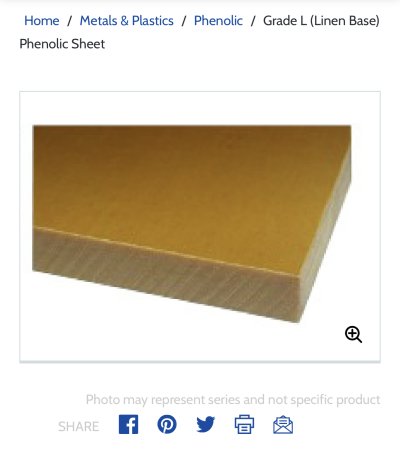As a core, the plywood inside the upper and lower glass is very strong, especially with a good sized backing plate. And it easy to protect the core. Just oversize drill the hole with a Fortner bit, leaving the bottom layer of glass (if you can, but if not, it is not fatal) and fill the hole with epoxy, and redrill for the fastener. Also, use "Marine How To" butyl tape as bedding compund; it never leaks
I sometimes I put a 3/8" ply plate, followed up with aluminum. Officially, I think the aluminum is supposed to get thinner as the edge approaches, but I don't have tools to do that.
Morgan, at least in 1979, put NO backing plates behind the stanchions. And they are a bear to access, requiring minor interior demolition to access them all and sometimes drilling off the top of the bolts. Finally, the stanchion bases are too thin and bend under constant use. When everything was stripped off my boat for painting, I added 1/8" of stainless to the bases and had my machinist make me threaded backing plates. Those are now glued to the inside of the gunwales. If you go that route, be aware of this eccentric feature: the bolt hole arrangement was slightly different on each of my stanchion bases, as if the machinist did it freehand, with no jig. But, of course, other parts of the vessel are well thought out and well built. But they are production boats, with what, 500 or so built in the 382,383, and 384 models.



